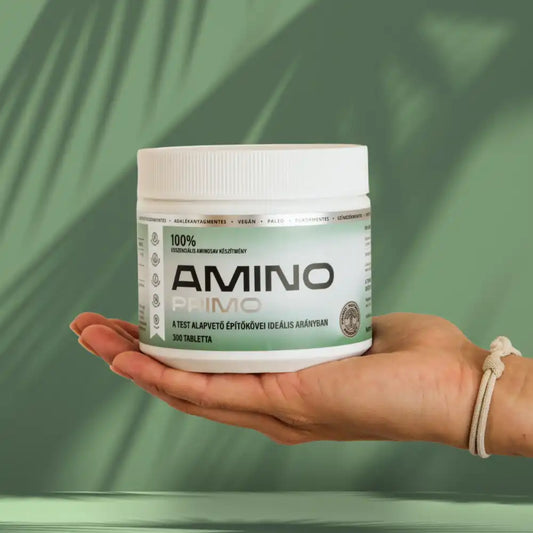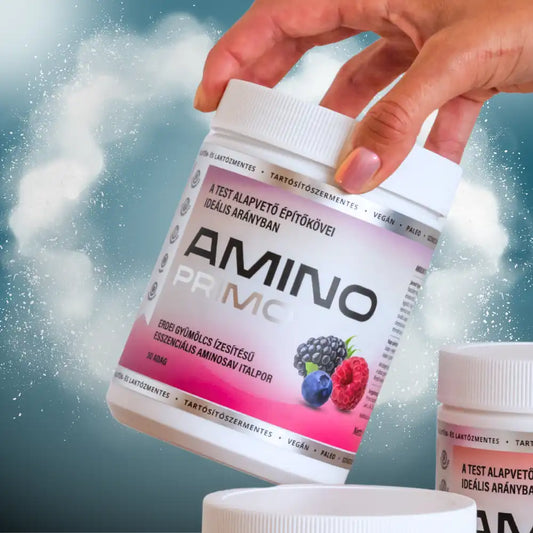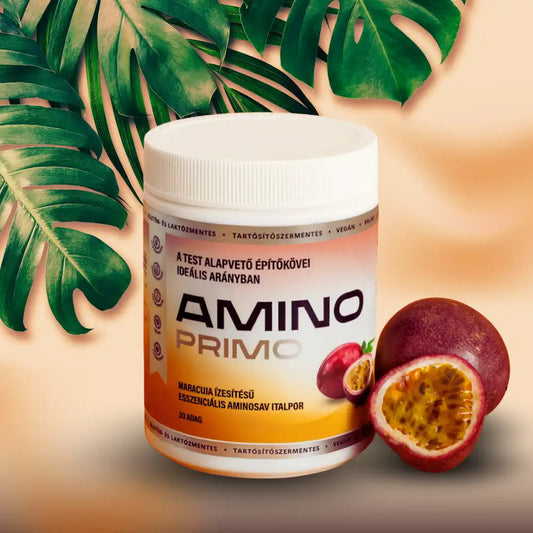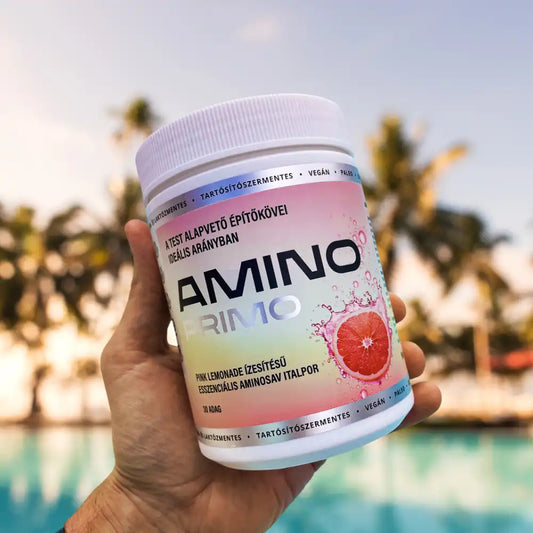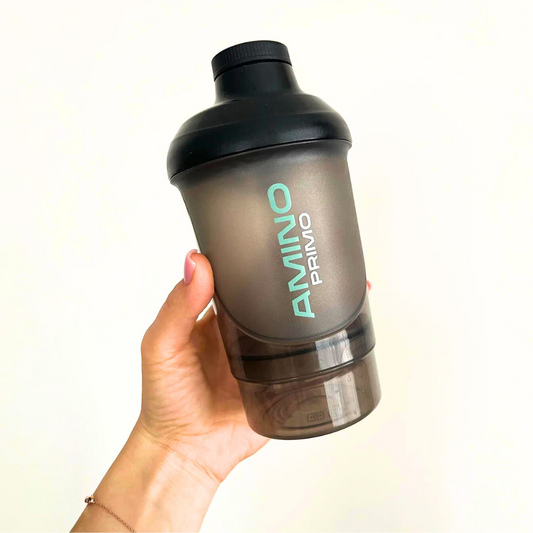
Take charge of your health!
Have you been dealing with any of these symptoms recently?
Digestive troubles, discomfort, diarrhea, nausea? Weight issues, low energy, joint pain, stress, depression, insomnia, hair loss, skin problems, blood pressure fluctuations, high blood sugar? Painful periods, thyroid issues?
Each of these can be challenging on its own, but experiencing several at the same time can make life particularly tough. Fortunately, it doesn’t have to be this way.
Wait, amino acids?
-
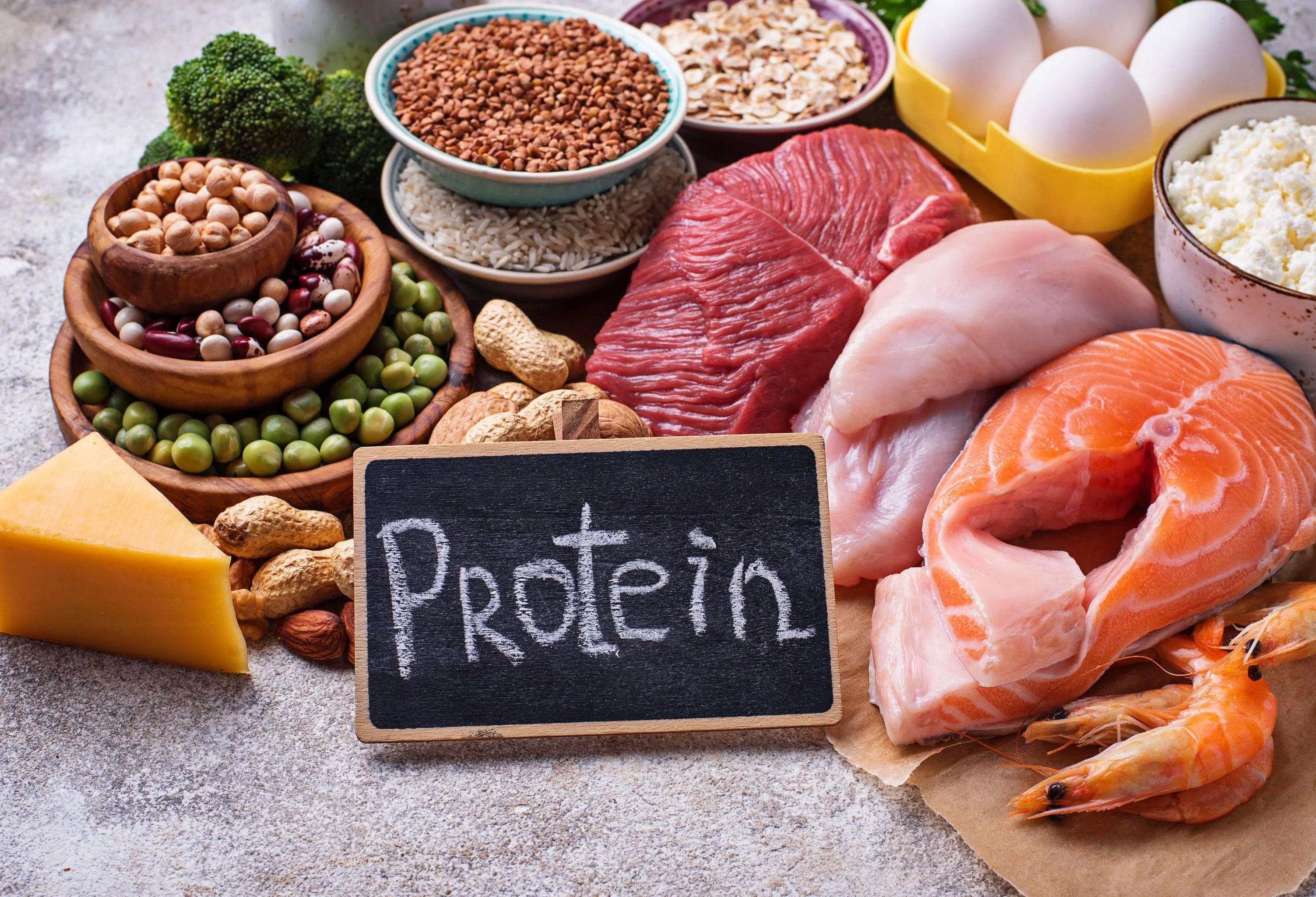
-
If your first thought was, "Why do I need that?" then keep reading!
Believe it or not, you consume amino acids every day, just not in the way you might think. We usually refer to them broadly as proteins. It’s easier to understand if we say that consuming and digesting proteins gives us amino acids.
-
These amino acids are what your body uses to build itself. So, amino acids are the fundamental building blocks of your body.
It’s like bricks and mortar in construction—except instead of building a house, you're building the parts of your body. But how do we know if we’re getting enough protein? Some people regularly eat meat, cheese, eggs, fish, and dairy products, while others consume less of these. And some even struggle with digesting proteins.

Who Needs Amino Acids?
Amino acids are the fundamental building blocks of our bodies, so they’re essential for everyone, regardless of age, gender, or body weight. And it’s important to get enough of them.
Growing children need a lot of protein to support healthy development. People doing physically demanding work or athletes—whether as a hobby or professionally—experience more strain and should consume more protein.
As people age, their metabolism slows down—digestive efficiency can decrease after around 40—and it becomes even more important to ensure adequate protein intake. Even a typical daily routine with 8-10 hours of work and family responsibilities can be quite taxing.
Which group do you fall into? How much protein do you need?
Amino Primo products
-
Amino Primo tablet
5.0 / 5.0
(49) 49 total reviews
Regular price 11.990 FtRegular priceUnit price / per -
Amino Primo instant drink powder - forest fruit flavor
5.0 / 5.0
(20) 20 total reviews
Regular price 11.990 FtRegular priceUnit price / per -
Amino Primo instant drink powder - passion fruit flavoured
5.0 / 5.0
(13) 13 total reviews
Regular price 11.990 FtRegular priceUnit price / per -
Amino Primo instant drink powder - forest fruit flavor
5.0 / 5.0
(20) 20 total reviews
Regular price 11.990 FtRegular priceUnit price / per -
Book -The cause of your illness: 8 missing nutrients
5.0 / 5.0
(5) 5 total reviews
Regular price 2.990 FtRegular priceUnit price / per -
Amino Primo shaker
5.0 / 5.0
(1) 1 total reviews
Regular price 1.490 FtRegular priceUnit price / per
100% ADDITIVE-FREE
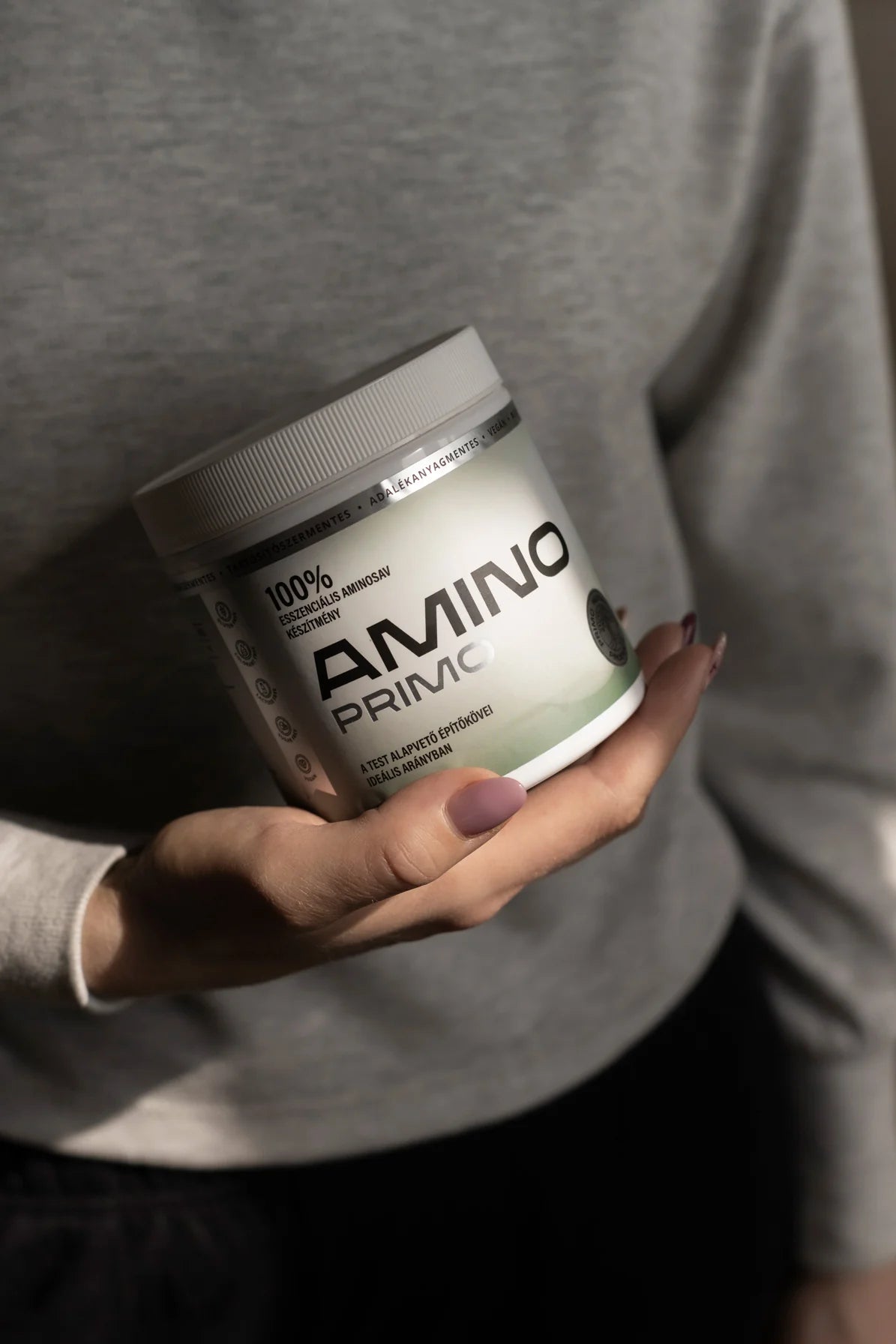
100% Essential Amino Acids
Free from additives and excipients
Ideal ratio of the body's fundamental building blocks
Complete absorption within 25 minutes
Can be taken on an empty stomach
Recommended daily dose: 5-20 grams, depending on usage
Fits into any diet
To figure out if you're consuming enough protein, take a look at a typical daily meal. This will help you evaluate your protein intake on your own.
-
Breakfast: Buttered roll with ham, and possibly some vegetables or a pastry.
Mid-Morning Snack: A granola bar or chocolate, or maybe some fruit.
Lunch: Soup followed by a main course (meat with a side dish).
Afternoon Snack: Fruit, chips, cookies, or chocolate.
Dinner: Bread with cold cuts, cheese, and vegetables.
-

-
This menu roughly provides 40 grams of protein, with about 10 grams of amino acids being utilized by your body.
For your body to function at its best, you should aim to consume at least 30 grams of amino acids daily.
So, this menu is lacking in protein and doesn’t meet the ideal amount needed for optimal body function.
Based on this, ask yourself: are you getting enough protein?
-
What happens if you're not getting enough protein from your diet?
Like all living things, your body needs certain nutrients in the right amounts and quality to function properly. Think of a plant—it needs minerals, water, and sunlight in just the right balance.
-
If it doesn't get what it needs, it’ll start to wilt, and once it’s dried up, no amount of watering will bring it back. It’s obvious that plants aren’t the only ones that need proper nutrients—so do you. For humans, the essential nutrients are proteins, carbs, and fats. And, as we’ve said before, proteins are what provide the amino acids your body uses to build and repair itself.
So, what happens to your body when you're not getting enough protein?
-

Is it possible that we're not getting the nutrients we need?
-
Let’s be honest—keeping up with a perfectly balanced, nutrient-rich diet every day can be tough in today’s busy world. No matter how much we want to eat well, sometimes we end up grabbing a pastry on the go, or we’re too busy to eat at all. Processed foods loaded with preservatives and artificial additives certainly don’t make things easier.
There’s the ideal of what we should be eating, and then there’s reality. But does what we eat really make a difference?
Think about it—what happens if most of your meals are made up of pastries, pizza, or fast food? And how does that compare to eating quality sources like fish, meat, eggs, and veggies?
-

First, we need to look at the nutrient content of these foods. Fast food, for instance, is primarily composed of carbohydrates and fats, with insufficient protein content. While it might satisfy your hunger in the short term, it’s a temporary fix that ultimately misleads you. Over time, all those empty calories can unfortunately lead to weight gain.
-
If these foods don't provide enough protein (and thus enough amino acids), you're missing out on a crucial nutrient your body needs for building and repairing tissues.
While our bodies can produce some amino acids, there are several essential ones that we can't make ourselves. Without these essential amino acids in your diet, many important bodily functions can suffer.
Can you quickly list the essential amino acids that are vital for your body? Do you know which foods provide them and how much you need?
Are you happy with your current situation? Is everything just right, or are there some things you’d like to change?
-

-
If you’ve made it this far, you’re likely ready for a change. Be honest with yourself: if you continue on the same path, with the same lifestyle and eating habits, not much is going to change.
-
If you suspect you’re not getting enough protein or are having trouble digesting it, give it a shot. See how amino acids can make a difference for you—try Amino Primo today!
Don’t worry if you haven’t heard this anywhere else before.
In 10 years, it will be common knowledge. And in 20 years, it will be taught in schools.
Here’s an extra bit of info:
With prices continually rising, it’s getting harder to get high-quality and sufficient protein. The cost of meat has almost doubled recently.
For comparison, a serving of meat providing about 5 grams of amino acids costs around 200-300 HUF. In contrast, a serving (5 grams) of Amino Primo is just 166 HUF.


